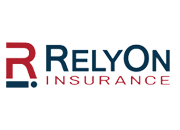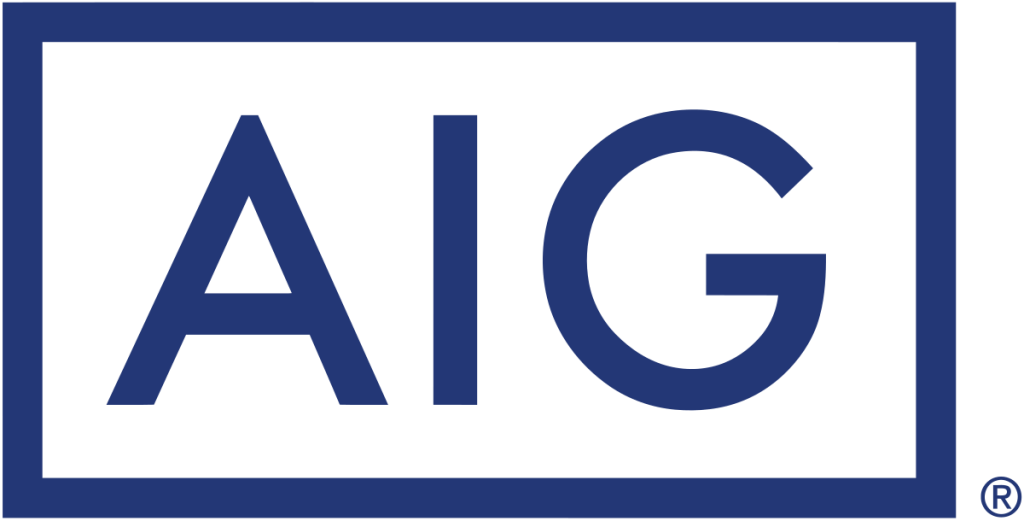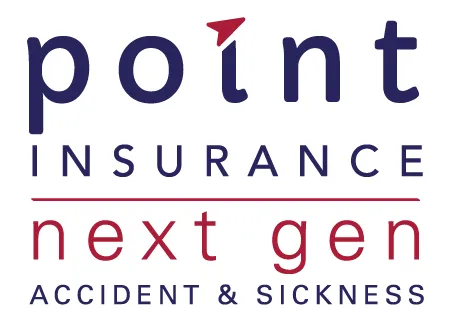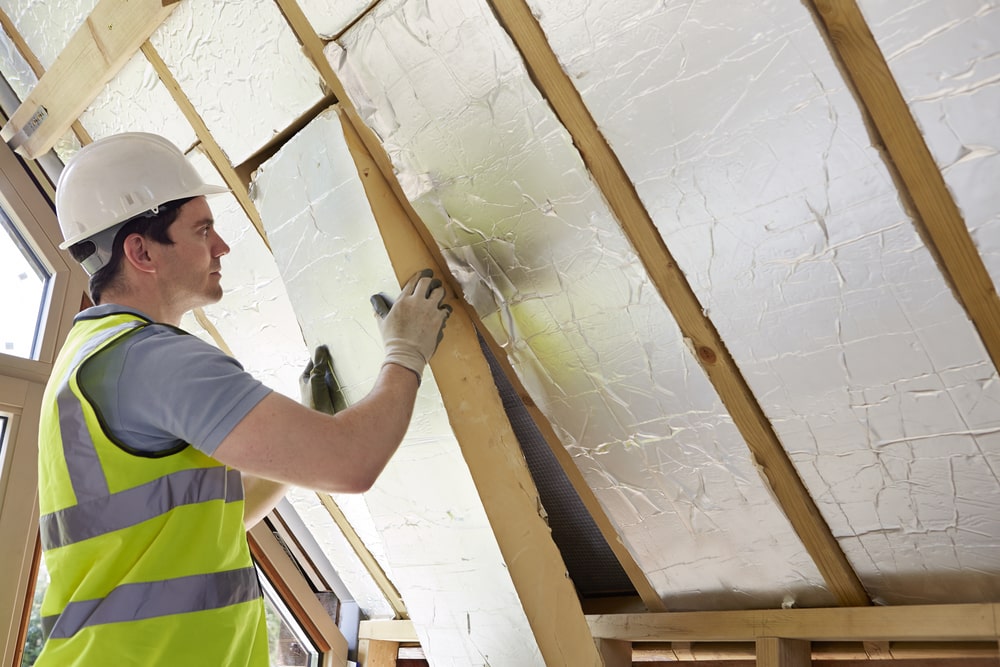Home > Business Insurance > Public Liability Insurance Cost
Public Liability Insurance Cost
Compare the cost of public liability insurance here using Savvy's 100% free comparison service.
Author
Savvy Editorial TeamFact checked








We’ve partnered with BizCover to bring you a range of business insurance policies to help you compare them side by side.
When it comes to running a business in Australia, understanding the cost of public liability insurance is essential. This insurance protects you if someone makes a claim against your business for injury or damage. The cost of this insurance can vary and depends on factors like the type of business you have, the level of risk involved, previous claims, and where your business is located.
Compare the cost of public liability insurance right here through Savvy. You can get 100% free online quotes from a wide variety of respected insurers, and compare them side-by-side to help you find a policy that is just right for your business needs. Start the process with Savvy today!
How much does public liability insurance cost?
Public liability insurance is one of the most common types of insurance in Australia, so competition is fierce between insurers and prices are quite reasonable. Many people ask how much public liability insurance costs, but the answer isn’t clear-cut, as there’s no ‘one-size-fits-all’ insurance policy or price in Australia. In addition, the cost of public liability insurance in NSW will be different to that in WA, for example, as costs vary from state to state.
The cost of your public liability insurance will be affected by several key factors, which include:
Industry and business risk
There are some industries and businesses which present a higher risk than others, so the cost of public liability insurance for these professions is higher. Some of these high-risk industries include electricians, plumbers and industrial cleaners.
Office-based industries such as graphic designers and architects pose a lower risk, so premiums for such industries will be lower. For example, a self-employed graphic designer working from home could expect to pay between $35 and $40 a month for their public liability insurance. A similar electrician or plumber may pay $45 to $50 a month due to the riskier nature of their work.
Business size and turnover
The size of your business will also have a strong influence on the cost of your insurance. An insurer will look at your business turnover and the number of employees you have before deciding on the cost of your premiums. However, if you employ 30 electricians, your premium won’t necessarily be 30 times higher than if you employed one electrician.
Amount of cover required
This insurance is commonly offered for three set values: $5 million, $10 million and $20 million. Higher values are available on an individual basis, but very few policies offering more than $30 million in coverage are ever issued. This is the maximum amount of cover offered per single claim.
Fortunately, the cost of this insurance doesn’t double just because the level of cover has. Having cover of $20 million may just be a few more dollars per month than the same cover with a limit of $10 million. Although many professional organisations and bodies specify that a minimum of $5 million public liability insurance is taken out, some state and Federal Government contracts and tenders put this figure at either $10 million or even $20 million.
The location of your business
The cost of public liability insurance in NSW will be different to that in WA, for example, as each state and territory in Australia has its own legislation which can affect the cost of public liability insurance.
For instance, in Queensland, electricians require a special form of public liability insurance which includes consumer protection cover. Plumbers in Victoria must have a policy that includes plumbers' warranty cover. For this reason, the state you live in will affect the cost of your insurance.
In addition, the postcode your business is located in will also have a bearing on the cost, as all insurance underwriters know which areas present a higher risk and which ones are relatively safe. They will gear your premiums based on this knowledge of your local area.
What does public liability insurance cover?
Public liability insurance is a form of business insurance that protects against lawsuits brought by third parties after an injury or property damage has occurred.
These claims are most frequently made by customers, clients or members of the public who are hurt or have their property damaged while on your property (or in a public area where you are in charge of maintaining safety). Such third-party damage claims can also result from one of your employees causing damage to another person’s property.
What it covers
Public liability insurance generally covers these elements of a claim:
- compensation to a third party for an injury, including cover for medical treatment, any rehabilitation required and, if necessary, adaptation to living with a disability
- compensation for any damage caused to a third party’s property, including property which was in your care or control at the time it was damaged
- cover for the cost of defending yourself against such claims, including all legal costs and any damages awarded
Property that was in your care or control includes anything belonging to another person which happened to be damaged while on your premises. This can cover the cost of a third party's belongings if they leave their property with you for repair, maintenance or service and it becomes damaged while in your care.
This can be relevant for auto-detailers and dry cleaners, for example. It can also cover the cost of a third party's property which just happens to be accidentally damaged while on your property.
For example, imagine you were a painter and were painting the outside of your business premises. A customer visiting the company parked their car in your company car park. Unfortunately, the wind blew your spray paint and it landed on the customer’s car, ruining their paintwork.
That customer could claim the cost of having their car repainted on the cost of your company's public liability insurance, as their property was on your premises when it was accidentally damaged.
What isn’t covered by public liability insurance?
Many of the exclusions found in public liability insurance policies are areas that are traditionally covered by other types of insurance. These include:
- injuries to your workers or employees (which is covered by workers compensation insurance)
- product recalls and withdrawals (which are usually covered by product liability insurance)
- damage to your property or that of your employees (which may be covered by business contents insurance)
- any intentional act
- any unlawful or illegal act
- any claim related to asbestos
There are often other exclusions which may be optional extras that you can choose to have included in your policy. Such exclusions may include high-risk locations such as confined spaces, underground mines, marine vessels or airports. There are specialist insurers who may be able to offer public liability coverage for such risky spaces, although the nature of such places will increase the cost of the insurance.
There is often a clause in an insurance policy which states that punitive damages awarded by a judge for reprehensible behaviour will not be covered.
For example, imagine you’re a Brisbane builder and have public liability insurance coverage in Queensland. A member of the public walks along the footpath near your site and falls into a ditch that your workers have dug to install sewerage pipes, which wasn’t sealed off. They fracture a hip, requiring a week in hospital and rehabilitation for six months. The injured person sues you for damages.
The judge hearing the case awards the injured person the full amount payable for a fractured hip in Queensland but also an additional $500,000 in punitive damages due to your workers’ conduct being reprehensible. Your public liability insurance would cover the cost of the mandatory compensation for the fractured hip, but not the punitive damages, which you would have to cover yourself.
Top tips for reducing the cost of your public liability insurance
Bundle your insurance
It’s often cheaper to bundle your business insurance together with one insurer, rather than have separate policies with different insurers. You may be eligible for a multi-policy discount if you do this.
Reduce your maximum payout level
You may be able to find cost savings by reducing the level of cover you have, say from $10 million down to $5 million, without placing yourself at undue risk. However, it’s always more important to have adequate insurance coverage than it is to save a few dollars on your premiums.
Increase the size of your excess
Most public liability insurance policies include an excess which must be paid if you wish to make a claim. If you increase the size of this excess (such as from $500 to $2,000), you may reduce the cost of the insurance.
Compare cost frequently
It pays to return to Savvy frequently and compare the cost of various insurance policies, as prices change often and you may be able to find a special offer or a new policy that offers better value. Since all quotes through Savvy are free, you have nothing to lose.
How do I compare public liability insurance policies?
Compare what’s included in the policy
Look at what’s covered in the public liability policy and compare the inclusions and exclusions side by side for different offers. This way, you’ll get a good idea of exactly what you’re paying for and what may not be covered by that particular policy.
Look for any bonus extras
Check if any no-claims bonuses may apply or multi-policy discounts that you could benefit from if you bundle all your policies into one business insurance package.
Check the maximum payout suits your business
Although the standard payout size is $5 million, and this may be perfectly satisfactory for a sole trader or small business, larger companies that have a greater number of employees or those in high-risk industries or occupations may need increased cover.
Read the PDS carefully
As with most insurance policies, the devil is in the detail, so make sure you read the product disclosure statement that comes with your insurance policy carefully. This document will tell you in detail exactly what your coverage comprises and which areas aren’t included under your policy.
Find the cheapest option through Savvy
All you need to do is answer a few short questions about your business to get multiple quotes through Savvy. By comparing quotes, you can not only see which quote is the cheapest but compare them online side-by-side to see exactly which one offers the best value for your business needs.
Types of business insurance
Covers legal costs and compensation claims if a third party is injured or their property is damaged due to your business activities.
Protects against claims of professional negligence or errors in your work, providing financial coverage for legal costs and damages.
Provides coverage if a product you supply, sell or manufacture causes injury or property damage, covering legal costs and compensation claims.
It is mandatory in Australia and can cover the wages of employees who are unable to work due to injury or illness incurred while on the job.
Protects your business property and assets from damage or loss due to events like fire, theft, or natural disasters.
A comprehensive policy combining public liability, property, and contents insurance, tailored for small businesses.
Financial protection if your business is unable to operate due to a covered event, covering lost income and ongoing expenses.
Covers loss or damage to your business equipment, stock, and contents due to events like theft, fire, or natural disasters.
Provides income protection in case of injury or illness, offering financial support during the recovery period.
Protects directors and officers from legal claims related to their management decisions and actions, covering legal costs and damages.
Covers your business assets, including equipment, machinery, and inventory, against loss or damage caused by specified events.
Provides coverage for liability, loss, or damage related to the operation of drones or unmanned aerial vehicles (UAVs).
Insurance that covers the cost of professional fees associated with responding to tax audits, including accountant fees and legal representation costs.
Reimburses fixed business expenses if you're unable to work due to illness or injury, ensuring continuity of essential financial commitments.
This cover protects against claims of property damage or bodily injury by a third party, covering legal costs and compensation claims.
A package of insurance suitable for small businesses that combines various different types of insurance to protect business owners against multiple risks.
Covers loss or damage to your business equipment and machinery including portable items due to events like theft, fire, or accidental damage.
Provides coverage for loss or damage resulting from theft or burglary at your business premises, safeguarding your assets and inventory.
Protects against financial losses and liabilities arising from cyber-related incidents, including data theft, cyber attacks and ransomware demands.
Covers the cost of repair or replacement of glass windows and doors and other glass fixtures and fittings due to accidental damage or breakage.
Enjoy the Savvy difference when you compare insurance with us
100% free comparison service
Find the best possible insurance coverage for your business quickly and easily here with Savvy's 100% free comparison service.
Compare trusted partners
With multiple trusted insurance partners across the country, you can enjoy high-quality online comparisons all in one place right here.
Skip the hassle and save time and money by comparing with Savvy to get instant online insurance quotes for convenient comparisons.
More of your questions about the cost of public liability insurance
Public liability insurance protects third parties and members of the public in case they’re injured, or their property is damaged, while they’re on your business premises (or a public place you are responsible for keeping safe). On the other hand, professional indemnity insurance protects you from claims made by a third party that the advice you gave was wrong or a service you provided was unsatisfactory (or led to injury, loss or harm).
This will often be determined by the conditions of the tender you wish to submit, or by other associations, corporations or bodies who will specify the amount of public liability insurance you are required to have. Low-risk activities will most frequently require coverage up to $5 million, while higher-risk businesses or activities may need $10 million or even $20 million in cover.
High-risk occupations and industries include agriculture, forestry and fishing. Transport, postal and warehousing industries, construction and manufacturing are also all areas that require the most public liability cover. However, all industries and professions which have contact with the public should consider public liability protection. For certain occupations in some states, this protection is compulsory (for instance, coverage for plumbers in Victoria and insurance for electricians in Queensland).
Yes – public liability insurance isn’t just for the ongoing protection of businesses. There is another branch of public liability insurance known as event protection insurance. This offers public liability protection for specific events where members of the public will be present and potentially could run the risk of being injured.
Event protection applies to any public event, ranging from community pageants, parades and food festivals to school fetes, markets and public gatherings. It also applies to music festivals, concerts and even charity events.
Yes – if you have any contact with members of the public, you should consider public liability insurance, even if you’re a sole trader. Unfortunately, accidents can happen even to the most careful person, so it’s worthwhile having peace of mind to know you’re protected just in case something does go wrong and someone ends up getting injured.
Yes – the cost of insurance premiums can be claimed as a legitimate cost of doing business on your tax return, so you can offset it against any income earned.
Yes – if you previously had a no-claims bonus applied to your premiums, and you subsequently make a claim, your premiums will increase as the no-claims discount will no longer apply. In addition, if you have a history of making insurance claims, your premiums may be higher to begin with, as you are deemed to carry a higher risk.
Business insurance by industry
Helpful guides on business insurance
Disclaimer:
Savvy is partnered with BizCover Pty Ltd (ABN 68 127 707 975, AFSL 501769) to provide readers with a variety of business insurance policies to compare. Savvy earns a commission from BizCover each time a customer buys a business insurance policy via our website. We don’t arrange for products to be purchased from these brands directly, as all purchases are conducted via BizCover.
Savvy does not compare all business insurance policies or providers currently operating in the market. Any advice presented above or on other pages is general in nature and doesn’t consider your personal or business objectives, needs or finances. It’s always important to consider whether advice is suitable for you before purchasing an insurance policy.
For any further information on the variety of insurers compared by BizCover or how their business works, you can read their Financial Services Guide.
















